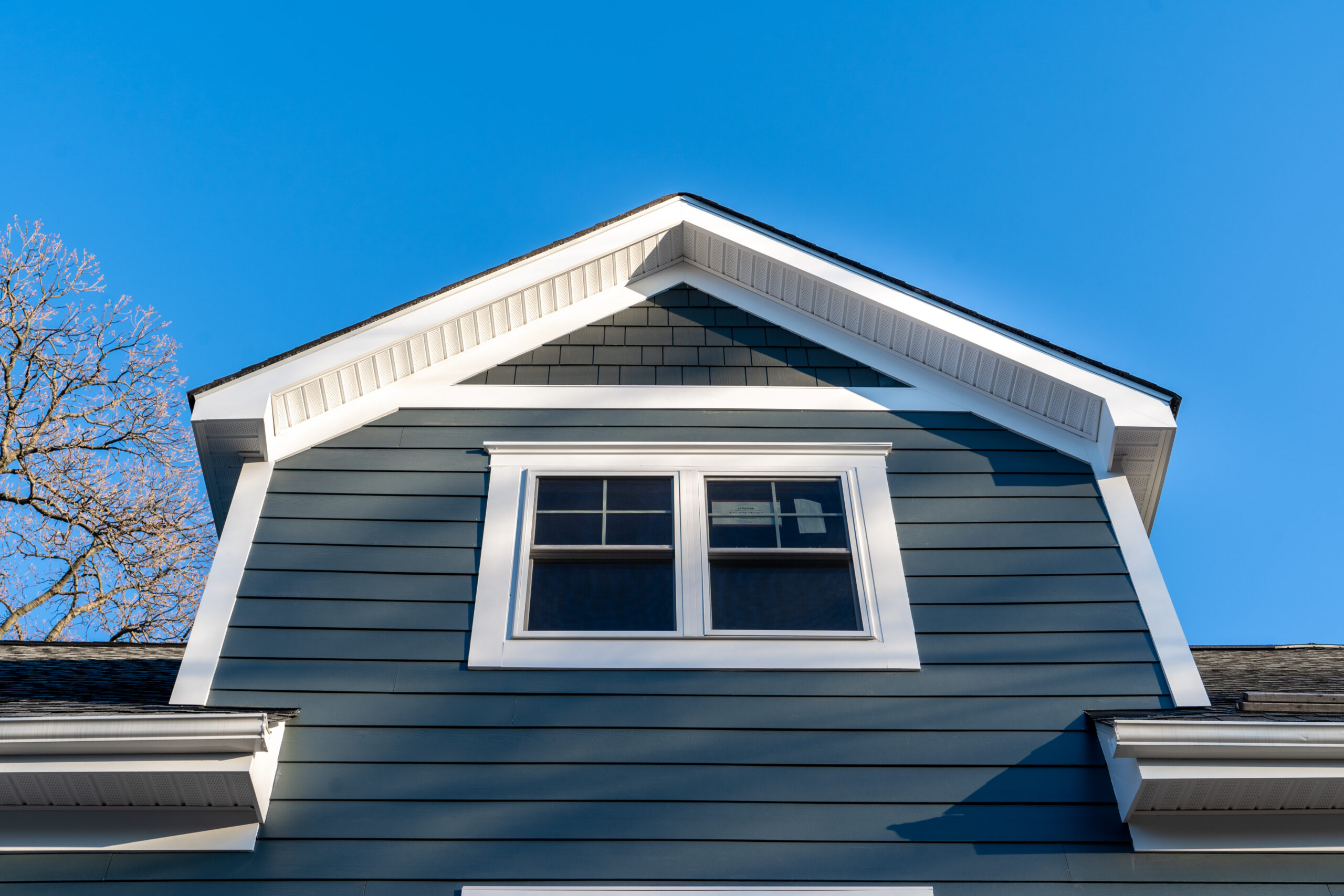When it comes to enhancing the aesthetic and practicality of your home, siding plays a key role. It serves not only as a protective layer against the elements but also greatly influences the aesthetic appeal of a house. Valley Siding of siding can reflect individual taste while respecting the historical context of the neighborhood or setting. As homeowners seek to combine modern convenience with timeless charm, the options on the market today present a fantastic opportunity to create a singular exterior that endures through time.
Today’s market offers a range of siding materials that blend contemporary innovation with traditional designs. Whether you lean towards the rustic elegance of wood or the easy upkeep of vinyl, the right siding can elevate your home while preserving its historical authenticity. Understanding the balance between modern trends and classic sensibilities will help you choose a siding choice that not only enhances curb appeal but also honors the rich architectural heritage of your home.
Advancement of Siding Components
Siding has played a vital role in residential construction for centuries, changing from fundamental utility needs to an integral element of design style. Initial settlers primarily used native materials such as timber, ceramics, and rock to safeguard their homes. Timber siding, often in the shape of tiles or boards, became widely accepted due to its accessibility and ease of use. As craftsmanship improved, homeowners began to experiment with various finishes, prompting a trend toward aesthetic appeal as well as functionality.
In the late 19th and initial 20th centuries, the industrial era brought about fresh possibilities in siding materials. The introduction of tiles made from materials like bitumen changed the landscape, providing long-lasting quality and minimal upkeep options. Metal and aluminum siding also appeared during this period, appealing to homeowners seeking longevity and resistance to harsh climate conditions. Innovations in synthetic siding in the mid-20th century further transformed property owner choices, as it provided an cost-effective and flexible alternative that mimicked the look of traditional materials.
Today, the market for siding includes a wide range of options, combining modern components with traditional styles. Fiber cement siding, for instance, blends the charm of timber with the durability of cement, offering a long-lasting solution impervious to pests and decay. Additionally, advances in manufacturing have led to siding options that imitate historical aesthetics while meeting contemporary eco-friendly standards. This development reflects a growing demand among homeowners to combine both modern performance and classic beauty in their home design.
Contemporary Methods in Cladding Placement
The development of technology has considerably changed the arena of siding placement. Innovative production methods now allow for the production of materials that simulate traditional styles while yielding improved resilience and lower upkeep needs. For instance, PVC cladding is engineered to withstand extreme climatic elements and resist fading, all while providing homeowners a timeless appearance. The incorporation of CAD technology in the manufacturing process ensures accuracy in dimensions, leading to faster and more effective placements.
Another recent method gaining popularity is the use of insulated siding. This innovation includes solid insulation insulation within the siding panels, which provides an extra level of energy performance. Property owners can maintain pleasant indoor temperatures while reducing utility expenses. The installation procedure for insulated cladding generally involves the identical methods as traditional siding but offers the advantage of improved energy performance without compromising appearance.
Last but not least, the application of laser technology for measuring and cutting cladding products has become more common. This method provides exact dimensions and clean edges, reducing waste and cutting down installation duration. Builders can now offer a more precise fit, which not only enhances the overall look but also improves the longevity of the siding. As these modern methods continue to develop, they enable for more versatility and creativity in siding choices, making it easier for homeowners to attain their desired look while gaining from state-of-the-art innovations.
Fusing Designs: Traditional And Modern
Homeowners today are increasingly desiring to blend classic designs with contemporary aesthetics when it comes to cladding their homes. This fusion of designs allows for a unique expression that respects the past while embracing the present. For example's sake, using traditional materials like wood or brick can be integrated with sleek metal or composite sidings to create a bold juxtaposition. Such mashups not only boost aesthetic attractiveness but also ensure durability and thermal efficiency, making the residence both attractive and practical.

The key to successfully fusing these aesthetics lies in selecting colors and finishes that complement each other. A classic clapboard siding in a gentle, subtle tone can pair harmoniously with modern features like large, sharp windows or bold highlight colors. This approach allows property owners to maintain the character of historical design while incorporating modern trends that resonate to present-day ways of living. Grasping the subtleties of both styles enables a harmonious fusion that feels purposeful and considerate.
Further, utilizing cutting-edge cladding techniques can elevate the classic style to exciting heights. For instance, vinyl siding designed to imitate traditional timber texture provides the warmth of the past without the daunting maintenance. Adding insulation within the cladding can boost energy efficiency, aligning with modern eco-friendly objectives. This combination not only protects the timeless essence of classic properties but also updates them for modern lifestyles, creating a harmonious balance between the traditional and the new.
